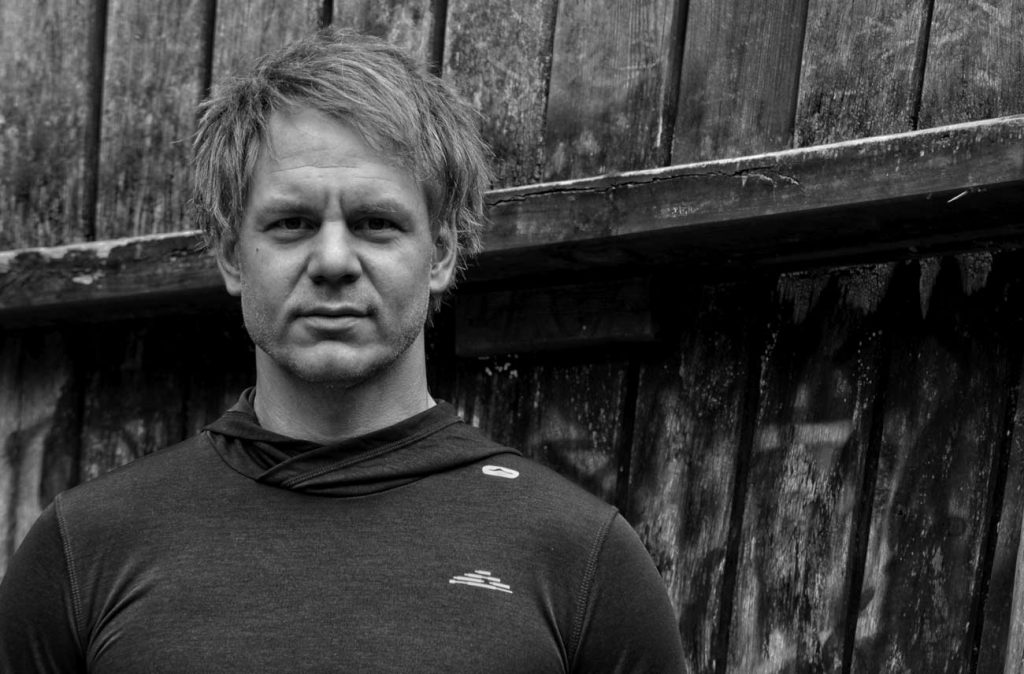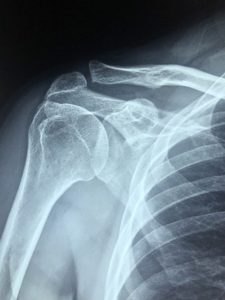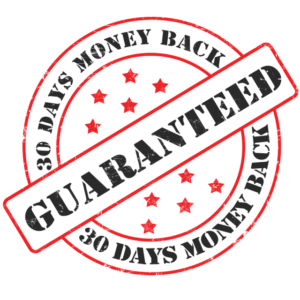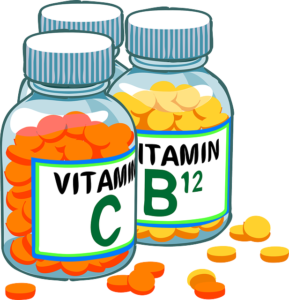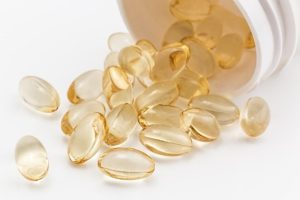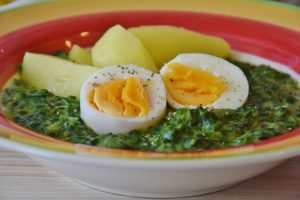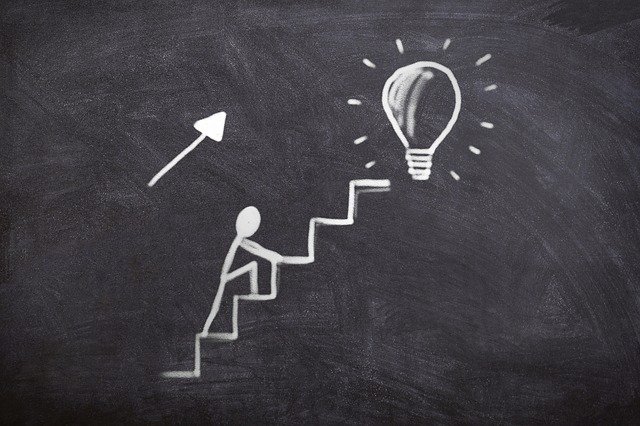The pain relieving expert is asked: For some time now I have had the feeling that one leg is longer than the other. And I constantly have new movement restrictions, sometimes pain. My doctor recommends insoles. What do you say to that?
“It sounds as if it is a pelvic obliquity. Well, that does not necessarily have to be a problem. It becomes a problem when the body can no longer compensate for minimal inaccuracies. Differences in leg length are also normal, the body usually compensates for this.”
And what effect does this have?
“The greater the imbalances, the more negative the consequences for the pelvis and spine can be. If the pelvis is crooked, the back will try to compensate. The spine tries to keep the body upright despite tilting in the middle. In order for this to succeed, it must bend considerably.
This results in a lateral curvature of the spine. Starting from the lumbar spine, the thoracic and cervical spine can also be affected. A distinction is made between functional and structural pelvic obliquity. 90% of complaints are functional. Therefore, I will go into this first, ok? “
Sure. What is the cause? With, how did you say, functional complaints?
“Simply explained: the tilted pelvic girdle in this case has no anatomical cause, but is the result of certain restricted functions. This disorder affects the “soft tissues” around the hips and pelvis. If, for example, the muscles around the pelvis are permanently overloaded by certain movements, certain areas are “neglected” while others are overused.
Or a person sits too much. This can be stronger or weaker on one half of the body than on the other. Something in the body “rusts and shortens”.
So what else?
“I will gladly go into this again at a later date. Just this much for today: The more one side of the body “shortens” muscularly, the more effort the other side has to make to perform a certain movement. A “vicious circle” of tension and counter-tension develops, which brings enormous tensile forces to the hip joint. These forces can pull on the joint so strongly that the joint head is “sucked” higher and higher into the socket.
The hip bone is pulled further and further upwards, the whole body statics changes. This causes the entire pelvis to tilt. “
When do you say something about the insoles and treatment approaches?
“In a week. ![]() I will gladly assist you with urgent questions or with quicker solutions”.
I will gladly assist you with urgent questions or with quicker solutions”.
Via One-to-One session”.


